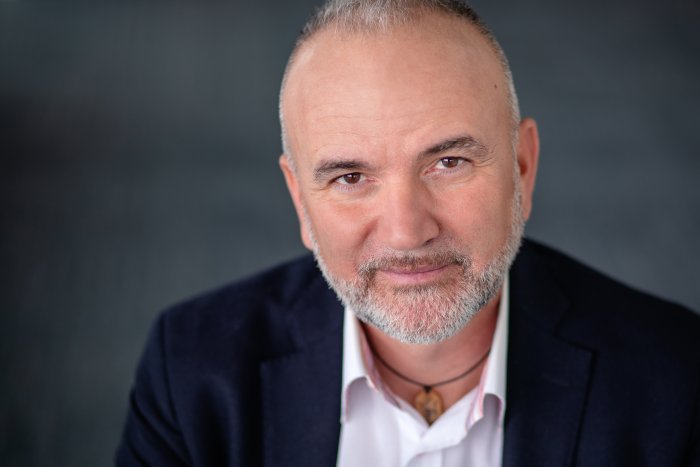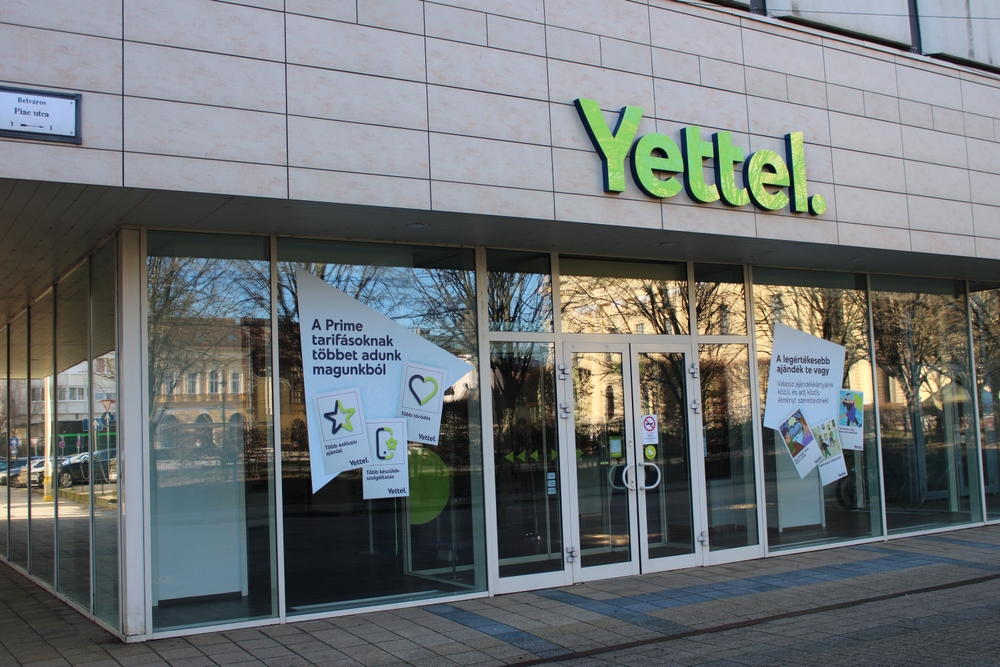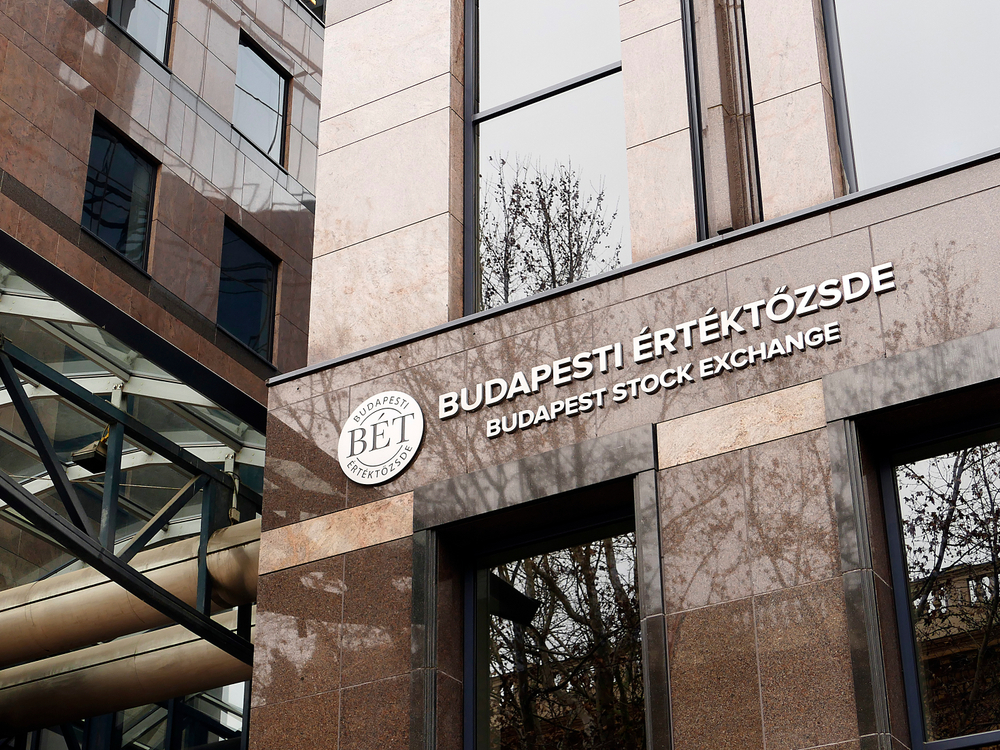5G Rollout Starts, Leaving Full Potential Leverage to the Future

Although there are sceptics with adverse feelings, a common phenomenon with emerging new technologies, the tech-savvy maintain high hopes for the capabilities of 5G. The industry in Hungary is getting closer to its practical realization every year: In proof that COVID-19 has not brought everything to a grinding halt, leading telco providers bought a range of frequency bands at the media authority’s end of March auction.
György Koller, chief technical officer of Telenor Hungary.
“We don’t sense either any meaningful opposition or very strong optimism regarding 5G,” György Koller, the chief technical officer of Telenor Hungary tells the Budapest Business Journal.
“We believe that our customers don’t necessarily have to understand the underlying technology. From a certain perspective, it doesn’t make any difference whether they use a 4G or a 5G network. If their needs including the need for high-quality are satisfied, technology is of secondary importance.”
Telenor Hungary has 5G test networks in Győr, Törökbálint (home to its currently closed head office) and Budapest, and expects the spectrum and commercial service to go live 30 days after the official announcement of auction results. The firm’s 4G consumer coverage (Hipernet 4G) now reaches 99.5% of the country.
“Thanks to ongoing development, this technology now has a capacity formerly projected for 5G and the old technology still has some further development potential. In the near future, 5G will go hand in hand with 4G in serving growing needs, primarily in high-traffic areas,” Koller says.
Despite that, the recent 5G frequency auction was a necessity, István Király, business unit director at Vodafone Hungary insists.
“To put it briefly, this step was extremely important for the industry, as the frequencies purchased now are prerequisites to building a wider coverage on 5G network. Basically, there are three major benefits to fifth-generation (5G) networks, which allow the industry to take digitalization to the next level and bring new technologies to our daily lives: speed, capacity and no latency. The current 4G capacity can handle about 100,000 devices per square kilometer, while the new network can manage up to 10 times as many; approximately one million devices, without interruption. Incidentally, due to the lack of latency, machine-to-machine communication can also advance significantly,” Király explains.
Smooth Transition
The transition from 4G to 5G will be gradual and smooth; embraced by an emerging interest in 5G opportunities from consumers and business customers that will promotes the broad adoption of the new technology.
“5G has 3+1 major benefits over the previous technology including higher download and upload speeds, extremely low response times, a large number of devices served within a cell and the fact that 5G can maintain end-point connection at a speed of up to 500 km/h which is much higher than possible with previous technologies,” Koller agrees with Király.
Maintaining end-point connection up to 500 km/h means that devices travelling up to this speed can stay connected to the internet; widening the opportunities for autonomous vehicles, automated production systems and a growing number of agricultural smart devices.
Given 5G’s importance for national economies, nearly all European countries have started implementing the technology which will be a long and complex process in any country.
“Hungary has world-class 4G networks due to the mature and proactive approach of local operators,” Koller says. “There are no front-line leaders in rolling out 5G, and Hungary is proceeding at the right pace. 5G will be similar to previous technologies in that it will be rolled out in response to growing market demand.”
The NMHH awarded 5G spectrums to Magyar Telekom, Telenor Hungary and Vodafone Hungary for a combined HUF 128.5 billion of bids in the 700 MHz, 2100 MHz and 3600 MHz bands on March 26; no participant submitted bids for spectrums in the 2600 MHz band. The telcos will hold licenses until 2035, with a possibility to extend for a further five years until 2040, enabling them to launch commercial 5G, Győző Drozdy, chief corporate affairs officer of Telenor Hungary, after the auction.
Neither Telenor nor the NMHH’s disclosed the price of frequencies, in their official statements, though Vodafone and Magyar Telekom did. Magyar Telekom received licenses for 2x10MHz frequency blocks in the 700 MHz band for HUF 26 bln; 2x10MHz in the 2100 MHz band for HUF 8.44 bln; and 120 MHz in the 3600 MHz band for HUF 19.8 bln. Telenor Hungary got the maximum (140MHz) in the 3,600 MHz frequency range and 2x5 MHz duplex band in the 700 MHz range, while it did not receive frequencies in the 2100 MHz band. Vodafone Hungary acquired 2 x 10 MHz in the 700 MHz band for HUF 26 bln; 2 x 5 MHz in the 2100 MHz band for HUF 4.4 bln; and acquired 50 MHz in the 3600 MHz band for HUF 8.25 bln.
Future Needs
“Frequency allocation opening the way to new technologies should always be planned based on future rather than current needs. In Hungary, NMHH has elaborated a highly professional auction procedure giving maximum consideration to technical and user needs expected in the coming decade, the needs of the Hungarian economy and the criteria of its long-term competitiveness,” Koller says.
“V4 countries have been proceeding at about the same pace in rolling out 5G. In Slovakia, the so-called C-band spectrum required for 5G has already been allocated, but this hasn’t taken place in Poland and the Czech Republic yet. We are taking the lead in the lower 700MHz range which has been allocated only in Hungary as yet,” the Telenor technical chief adds.
Koller says the telecommunications sector is of the least unfortunate ones considering the COVID-19’s affects. As schools shut down, people moved to remote working, and social distancing kicked in, telcos have seen peaking traffic.
“Nevertheless, we understand that the current situation is a heavy blow on other industries with implications for our business customers and consumers as well. While providing free and attractively priced mobile internet service, we also expect our revenues to decline in this period,” Koller notes.
Király, from Vodafone, agrees. “Because of the spread of the coronavirus, since mid-March, the vast majority of office workers in Hungary have been forced to find a way of working from home. Many businesses, large companies and, indirectly, employees are affected by the current situation. The most important thing is to keep companies running smoothly in remote operation.”
SUPPORT THE BUDAPEST BUSINESS JOURNAL
Producing journalism that is worthy of the name is a costly business. For 27 years, the publishers, editors and reporters of the Budapest Business Journal have striven to bring you business news that works, information that you can trust, that is factual, accurate and presented without fear or favor.
Newspaper organizations across the globe have struggled to find a business model that allows them to continue to excel, without compromising their ability to perform. Most recently, some have experimented with the idea of involving their most important stakeholders, their readers.
We would like to offer that same opportunity to our readers. We would like to invite you to help us deliver the quality business journalism you require. Hit our Support the BBJ button and you can choose the how much and how often you send us your contributions.








